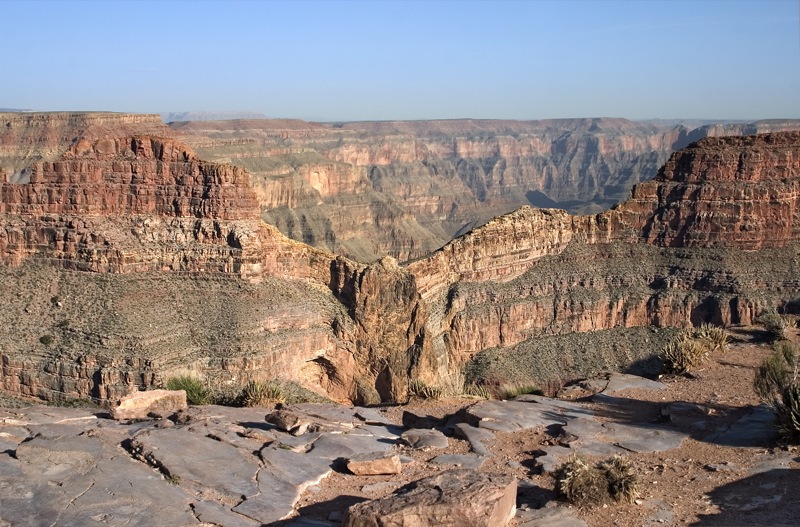Today is the first day of class and as with all first days of class, some things can be unpredictable. Like what I may use to illustrate my lessons and where my mind might go in the process. Today, it went to the Grand Canyon.
I asked the class if anyone had flown over the Canyon and three of my students said they had. Then my mind flew across time and space to the many different times I had crossed over the big ditch.
I don’t know how many times I have flown across the United States and looked down from the cockpit to see the Grand Canyon. From flight levels, it is not too impressive; it looks like a depression on the face of the earth.
The Grand Canyon is 277 miles long, is more than 18 miles wide at the widest, and some 6000 feet deep. Another way to say it, it is one very large honking hole!
Still, from FL 330 or higher, it is not all that impressive.
Then the time came to move all my stuff back to Florida. One of the things I had to move was my Cessna 170B. I could not think of a better route than along the Canyon rim on the way to Florida.
For as long as I live, I will never forget the sight of the Grand Canyon from the windscreen of the “B.”
Every time I flew over the Canyon in a jet, be it my own or as a passenger on a Boeing, I was not very impressed. From the windscreen of a Cessna, however, a Cessna that was scratching for altitude over the Canyon rim, the hole in the earth was the most impressive thing I have seen in my life.
The airport on the southern rim, Grand Canyon National Park, is 6609 feet MSL and has a 9000-foot long runway. When I was there, it was January and cool, so performance issues were not as critical as I imagined them to be in the summer.
In the “old days,” before my time, there were very little rules and regulations concerning flight in the Grand Canyon. Following several accidents inside the Canyon, the FAA changed the way everyone does business in the Canyon. I remember my first skipper, who was a member of VA-192, telling the story of one of his first missions as a section lead. He took a new guy over to the Canyon on a low-lever that took them into the Canyon only a couple of hundred feet above the surface.
He briefed the new guy about minimum speeds and altitudes on the route. He pitched off as appropriate, but the inexperienced A-7B pilot got his jet both low and slow. My skipper, “Duke,” was orbiting overhead fearful that he was going to lose his wingman. For as much as the ensign was sweating in his jet, Duke suffered as much. And then he, and the ensign, breathed sighs of relief when the ensign cleared the rim by six feet.
For as beautiful as the Grand Canyon is, it can also be a dangerous place to fly. It does not matter what kind of airplane you are piloting, a light plane, an attack jet, or a medevac or touring helicopter, there are rules you have to follow to be safe.
Just in case you are unaware, there are special air traffic rules in place to help you navigate the area safely. If you go, be careful.
And enjoy the scenery!
-30-
© 2011 J. Clark


How awesome it would be to fly even near the Grand Canyon. I love the red rocks near Sedona and always thought it would be great to fly in that area.
It is great fun to explore all the many different areas of the country. Flying in the west is particularly scenic. The only part of the nation I have little patience for is between Dallas and El Paso–in flight or by driving. The Interstate runs in a straight line with the same image out the windows for about 11 hours if you are driving and various times if you are flying…